Francesco Tonelli’s deliciously different food photography
A unique approach to commercial food photography.
• March 2019 issue
“Every time I look through your work,” I tell food photographer Francesco Tonelli, “I have the same reaction.”
“What’s that?” he asks as he sits in the gleaming production kitchen of his four-story, 4,250-square-foot combined home and photography studio in Edgewater, New Jersey.
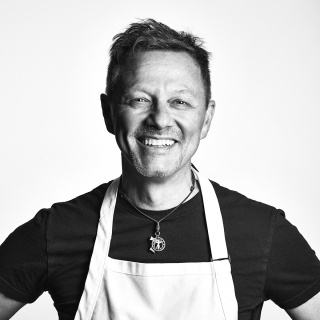
“I start salivating,” I tell him. “And then my stomach starts growling.”
The Italian-born photographer lets out a hearty laugh. “Thank you. That’s the best compliment you could give me. I want the food I photograph to look delicious, to look appetizing. I want to make you hungry.”
Proven by the almost-good-enough-to-eat photographs in his portfolio and his impressive client list (Coca-Cola, Breyers, Chipotle, Chobani, Godiva, Kraft Foods, Guinness, The New York Times, Playboy, and more), Tonelli, 53, is a master at capturing not only the nature of food but also its elegance and beauty. One writer has noted, “Tonelli’s mouthwatering photographs transport us into a magical world, one that uses food as its guide.”
Tonelli is a proponent of the less-is-more school of photography. He favors simple backdrops and uses few props. “I want the food and dishes to speak for themselves,” he says. He also wants the food to look pristine but also real. “Sometimes this means including a slight imperfection in the image or composition, such as including that little piece of pasta that fell off onto the rim of a plate. Or even shooting a partially eaten meal,” he says. “That can be at once forbidden, real, and appetizing.”
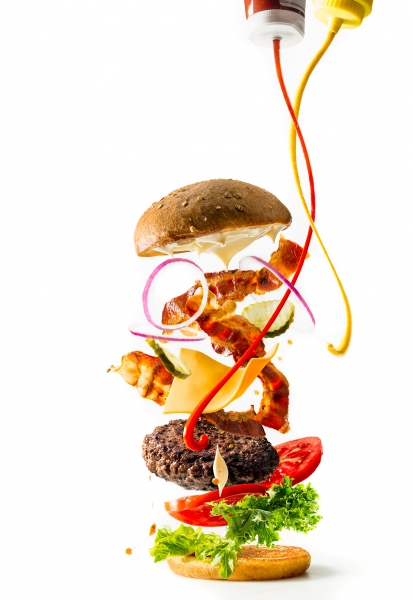
Spend any time with Tonelli and it becomes clear that he is as passionate about food as he is about photographing it. Maybe more so. As he explains, he was trained and then worked as a chef and culinary teacher in Italy, Europe, and North America for almost two decades before he picked up a camera in his mid-30s.
“I have had a relationship with food for almost my entire life,” he explains. “I’ve made a living from food as both a chef and now a photographer, but I also have a more sentimental relationship with it that stems from my upbringing in Italy. My mother was an incredible cook and I grew up loving as well as respecting food.” He pauses and smiles, remembering his mother’s homemade specialties. “Her raw homemade sausage over a slice of unsalted bread! Mmmmmm! And the pancetta and prosciutto! You can say I have had a long and intimate connection with food.”
The dumbest thing he ever did
After finishing culinary school in Milan, Tonelli worked as a chef in restaurants in Italy, Switzerland, and France before opening his own restaurant in Italy in 1993. Four years later he accepted a position as a faculty member at the Culinary Institute of America (CIA) in Hyde Park, New York. “I enjoyed running my own restaurant in Milan, but it was very grueling working seven days a week, 365 days a year,” he explains. “I was ready for a change and I jumped at the chance to move to the United States to teach at the CIA.”
While teaching at the Culinary Institute, Tonelli needed to develop lesson plans for his cooking classes and decided it would be helpful to include photographs of the dishes he would ask students to cook. “I knew nothing about photography,” he explains. “I had never even owned a camera.” He bought one of the first digital cameras on the market, an Olympus D500L, and began photographing his finished, plated dishes.
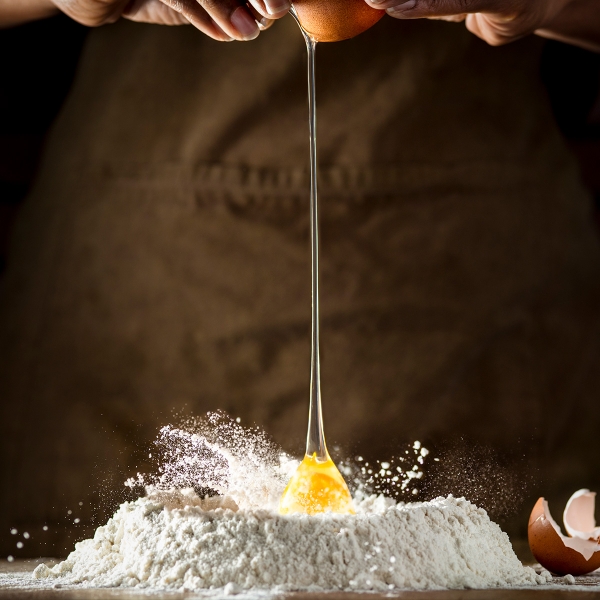
He admits he was pretty pleased with the pictures and sent them to a photographer friend in Milan for a professional critique. “He was friendly but brutal,” says Tonelli. “He told me my pictures were horrible, that they sucked. He was right.” Tonelli admits they were amateurish and poorly lit. He used only available light, often from the school’s overhead neon lighting. And his focus was inconsistent. “I was a bit upset, but I also knew I could do better,” he says.
“My friend asked if I had a wine case. I said ‘Of course.’ He asked if I had a desk lamp and parchment paper. ‘Of course,’” remembers Tonelli. “Then he told me how to create a homemade soft box light and use it to photograph my food. The results were amazing! My work went from zero to what I felt was more like a Monet painting. What a difference!”
Encouraged, he devoured instructional photography books, visited online forums, and took photography seminars and courses. In time he bought more sophisticated gear, and his photographs kept improving. Eventually he became so proficient that companies working with the CIA, such as Guinness and Coca-Cola, asked him to photograph consulting projects they were doing with the school.
Inspired by the reception to his photography, after a few years Tonelli felt he could get enough work to leave teaching and survive as a photographer. He left in 2005 on his 40th birthday. “Big mistake,” he remembers. “I was a novice and knew nothing about marketing, pricing, or running my own studio. I had a wife, two small children, and no work. Looking back, this could have been the dumbest thing I ever did.”
Tonelli made the rounds of advertising agencies and elsewhere, looking for work as a food photographer. He ran into roadblock after roadblock when he explained that he could do his own styling as well as his own photography. “No one believed I could style food as well as shoot it,” he remembers. “It had never been done before.” He refused to give up. He shot for small regional magazines and restaurants, barely scraping by.
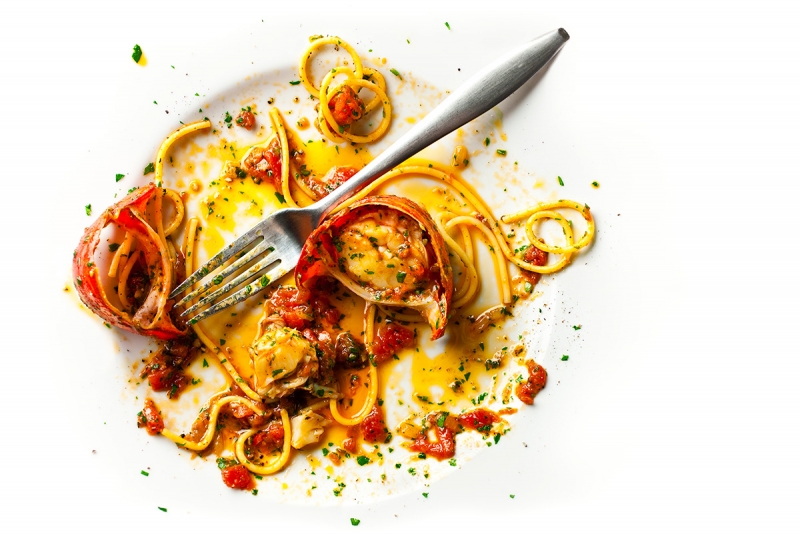
In time, Tonelli was taken on by a photographer’s agent, James Bareham at the Cake Factory, who admired his work and novel approach to the business (an approach so unusual that some might have termed it naïve). Remembers Bareham, who is now creative director of the technology website, The Verge, “Many art directors and others in the business didn’t know what to make of Francesco. He was unknown. He wanted to do his own styling, but they wanted to use professional stylists. He wanted to cater his own shoots; they didn’t understand that. Lastly, his style was clean and bold, unlike much of the more muted food photography in favor at the time. Francesco was different, and many people then saw different as difficult.”
Thanks to a few lucky breaks, including magazine shoots and an assignment to photograph noted chef Daniel Humm at Humm’s award-winning Eleven Madison Park restaurant (which would eventually lead to a well-received book), Tonelli was getting noticed and the work, especially from The New York Times and others, started flowing in. His crisp, clean style gained more admirers. “You’ve got to hand it to Francesco,” says James Bareham. “He stuck to his guns, and in time those qualities that had helped brand him as different or difficult became his selling points. For example, clients accepted him styling his food, they appreciated his unique photographic style, and they even looked forward to enjoying a catered meal at his studio and kitchen.”
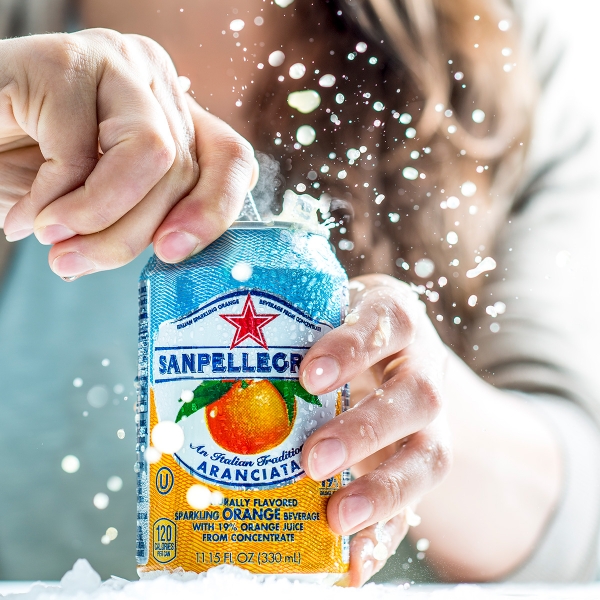
He can’t just order sandwiches
Sitting in his expansive production kitchen that offers dramatic cross-Hudson views of the Manhattan skyline, Tonelli explains that he decided to treat his clients and co-workers to a breakfast and lunch in his studio because, “No. 1, I’m Italian. No. 2, I’m a frustrated chef. As much as I love photography, I miss seeing someone tasting my food and telling me it’s delicious. And my clients know I was a chef for years; I couldn’t just order sandwiches from a bar across the street.”
His catered meals will include the client’s food if possible or he (helped by his assistants) will offer a meal unrelated to the day’s assignment. But, as he explains, it is always freshly made food that’s prepared without pretension. “I’ve always done this, and new clients are often shocked the first time they visit and realize that they’re getting a meal in our studio,” he says. “But the next time they come, invariably they ask, ‘What’s for lunch?’”
RELATED: A photo gallery to make your stomach growl
RELATED: Tonelli's best food photography tips
Robert Kiener is a writer in Vermont.

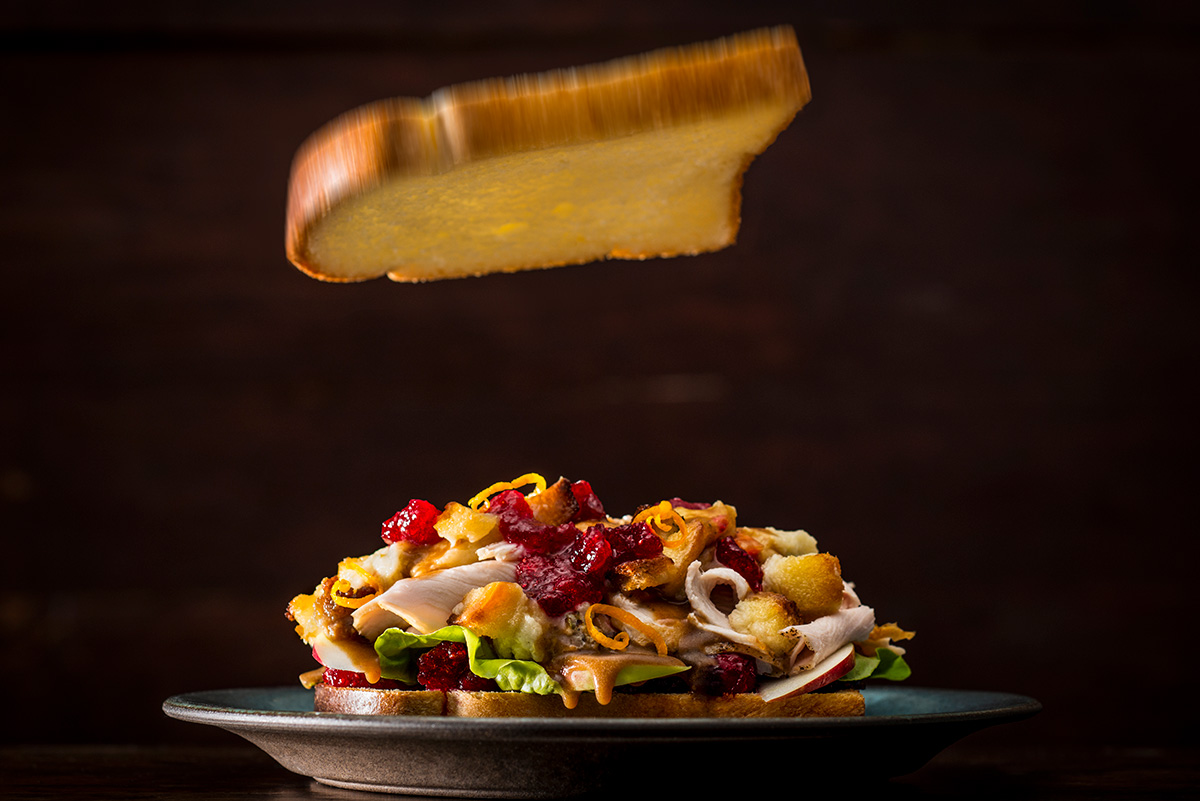
 View Gallery
View Gallery
